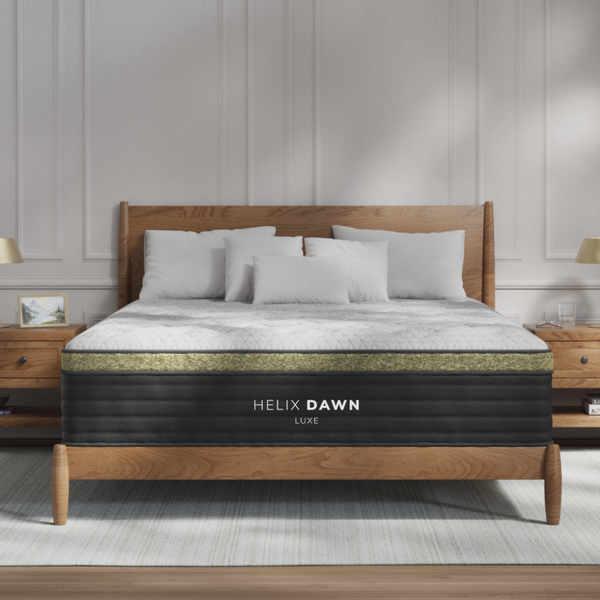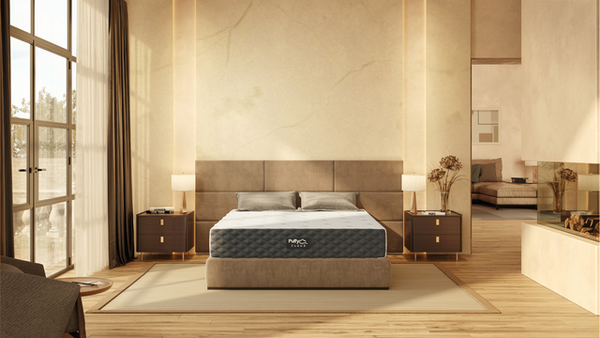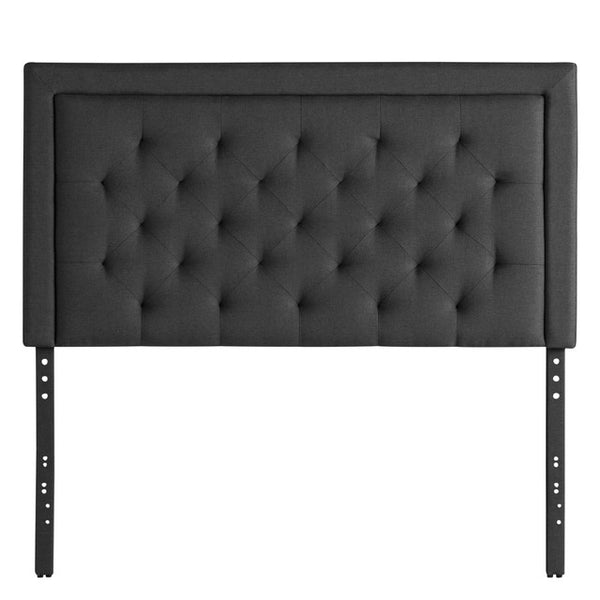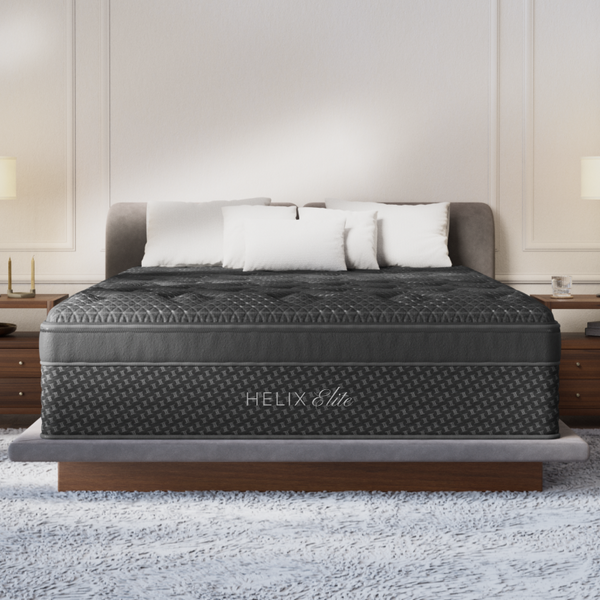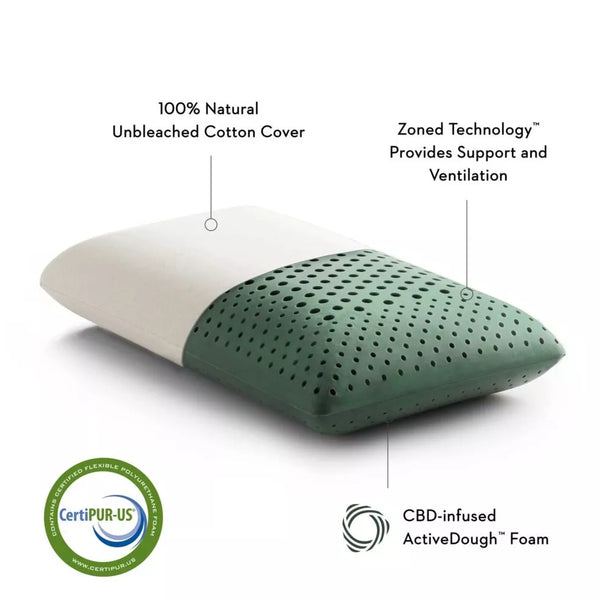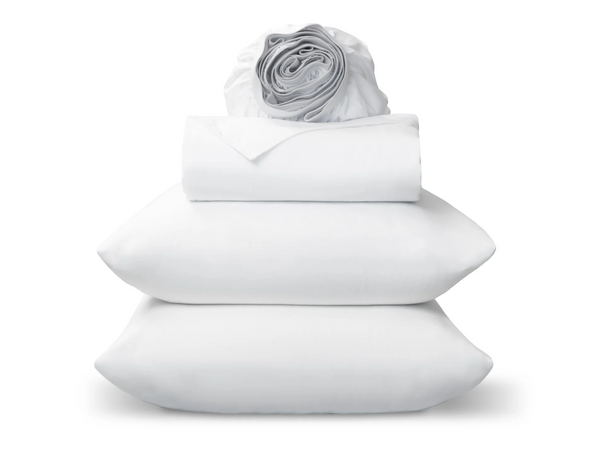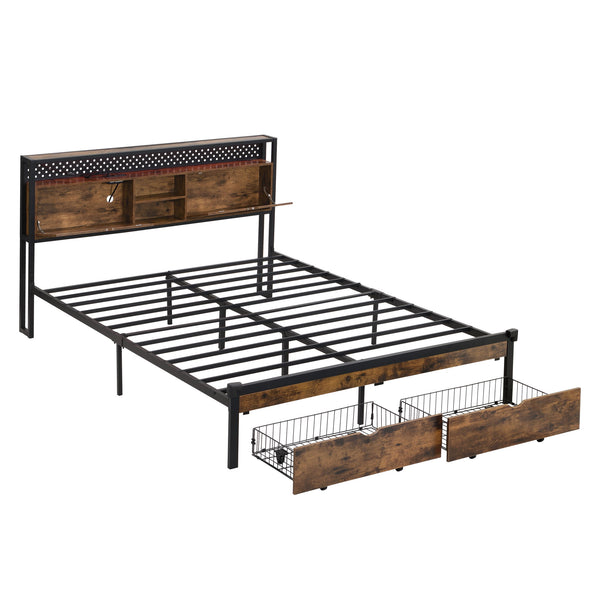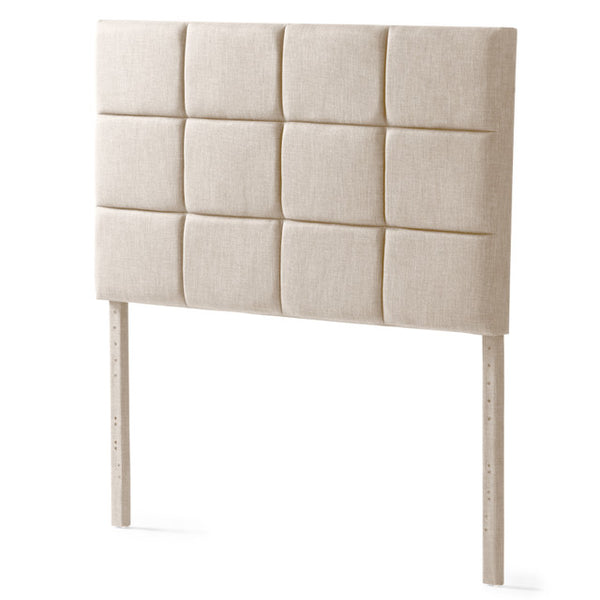
I. Introduction

A. Explanation of the Topic: Bunkie Board vs. Box Spring: Which One for Your Bed?
In this blog post, we will explore the differences between bunkie boards and box springs to help you determine which option is best for your bed. Choosing the right foundation is crucial for the overall comfort and support of your mattress, so understanding the characteristics and benefits of each can aid in making an informed decision.
B. Brief Overview of The Sleep Loft as an Online Mattress Showroom Based in New York City
The Sleep Loft is an online mattress showroom located in New York City. We offer a wide range of top-rated mattress brands and related sleep products, including adjustable beds, pillows, mattress protectors, and headboards. Our goal is to provide a comprehensive online mattress shopping experience, allowing customers to try before they buy and find the perfect mattress that suits their individual needs.
C. Mention of the Blog Section on The Sleep Loft Website with Articles Related to Mattress Advice and Sleep Tips
As part of our commitment to helping our customers make informed decisions, we have a blog section on our website. This blog features articles related to mattress advice, sleep tips, sleep health, and sleep news. Our aim is to provide valuable information and insights to assist you in achieving a restful and rejuvenating sleep experience.
D. Thesis Statement: This Blog Will Compare and Contrast Bunkie Boards and Box Springs to Help Readers Make an Informed Decision About Which Option is Best for Their Bed
In this blog, we will compare and contrast bunkie boards and box springs to help you determine which one is the most suitable foundation for your bed. By examining the characteristics, benefits, and drawbacks of each option, we aim to provide you with the knowledge and guidance necessary to make a confident decision that meets your specific sleep needs.
II. What is a Bunkie Board?
A. Definition of a bunkie board as a thin, solid foundation that is placed directly on a bed frame to provide support for a mattress
B. Benefits of using a bunkie board
- Improved mattress support and stability
- Prevents sagging and extends the lifespan of the mattress
- Ideal for platform beds or beds with slats that are too far apart
C. Drawbacks of using a bunkie board
- Limited shock absorption and cushioning compared to a box spring
- May not be suitable for individuals who prefer a softer bed
In simple terms, a bunkie board is a thin, solid foundation that is placed directly on a bed frame to provide support for a mattress. It is typically made of plywood or particleboard and is designed to create a solid base for the mattress. Unlike a box spring, which contains springs and is thicker in size, a bunkie board offers a more minimalist approach to mattress support.
There are several benefits to using a bunkie board. Firstly, it improves mattress support and stability by providing a solid and even surface for the mattress to rest on. This can help prevent sagging and extend the lifespan of the mattress. Additionally, bunkie boards are ideal for platform beds or beds with slats that are too far apart, as they provide additional support and prevent the mattress from sinking between the slats.
However, it's important to consider the drawbacks of using a bunkie board as well. Compared to a box spring, bunkie boards offer limited shock absorption and cushioning. This means that they may not provide the same level of bounce or softness as a box spring. Additionally, individuals who prefer a softer bed may find that a bunkie board does not provide enough cushioning for their comfort.
III. What is a Box Spring?
A. Definition of a box spring as a traditional mattress foundation consisting of a wooden frame and springs covered with fabric
B. Benefits of using a box spring
- Added height and elevation for easier getting in and out of bed
- Enhanced cushioning and shock absorption for a softer mattress feel
- Suitable for all mattress types, including innerspring, hybrid, and memory foam
C. Drawbacks of using a box spring
- May contribute to mattress sagging over time
- Not suitable for platform beds or beds with slats that are too far apart
IV. Comparison: Bunkie Board vs. Box Spring
A. Support and Stability
When it comes to support and stability, both bunkie boards and box springs have their advantages.
1. Bunkie board: Provides firm and even support for the mattress
A bunkie board is designed to provide a solid and stable foundation for your mattress. It helps distribute the weight evenly, preventing sagging and ensuring a firm surface to sleep on. This can be particularly beneficial for individuals who prefer a firmer bed.
Additionally, a bunkie board can help extend the lifespan of your mattress by reducing wear and tear, as it prevents excessive flexing and bending.
2. Box spring: Offers a combination of support and cushioning
A box spring consists of a wooden frame and springs covered with fabric. It provides a combination of support and cushioning, giving your mattress a softer feel. The springs in the box spring absorb some of the weight and provide a slight bounce, which can be appealing to those who prefer a more cushioned surface.
However, it's important to note that the cushioning effect of a box spring may not be suitable for individuals who prefer a firmer mattress or those with specific orthopedic needs.
B. Compatibility
When considering compatibility, it's important to think about your bed frame and the type of bed you have.
1. Bunkie board: Ideal for platform beds or beds with slats that are too far apart
A bunkie board is a great option for platform beds or beds with slats that are spaced too far apart. It provides a solid surface for your mattress, ensuring proper support and stability. If you have a platform bed or a bed frame with wider slats, a bunkie board can help bridge the gap and prevent your mattress from sagging.
2. Box spring: Suitable for all types of beds, including platform beds and traditional bed frames
A box spring is versatile and compatible with all types of beds, including platform beds and traditional bed frames. Whether you have a slatted bed frame or a solid foundation, a box spring can easily fit and provide the necessary support for your mattress.
C. Height and Elevation
The height and elevation of your bed can have an impact on your overall comfort and accessibility.
1. Bunkie board: Does not add extra height to the bed
A bunkie board is a thin and compact foundation that does not add any significant height to your bed. If you prefer a lower bed height or have specific height restrictions in your bedroom, a bunkie board can be a suitable choice.
2. Box spring: Adds significant height to the bed, making it easier to get in and out
A box spring typically adds several inches of height to your bed. This can make it easier to get in and out of bed, especially for individuals with mobility issues or those who prefer a taller bed height. However, it's important to consider the overall height of your bed and ensure it aligns with your preferences and any space constraints.
D. Shock Absorption and Cushioning
When it comes to shock absorption and cushioning, the differences between a bunkie board and a box spring become more apparent.
1. Bunkie board: Provides minimal shock absorption and cushioning
A bunkie board is primarily focused on providing a solid foundation for your mattress, offering minimal shock absorption and cushioning. If you prefer a firmer sleeping surface or have a mattress with built-in cushioning layers, a bunkie board can be a suitable choice.
2. Box spring: Offers enhanced cushioning for a softer mattress feel
A box spring, with its springs and fabric cover, provides additional cushioning and shock absorption. This can result in a softer mattress feel, which can be appealing if you prefer a more plush and cushioned sleeping surface. However, it's important to note that the level of cushioning can vary depending on the quality and construction of the box spring.
E. Mattress Compatibility
Both bunkie boards and box springs are compatible with various types of mattresses, but there are some considerations to keep in mind.
1. Bunkie board: Works well with all mattress types, including memory foam and latex
A bunkie board is compatible with all types of mattresses, including memory foam and latex. It provides a solid and even support base for these mattress types, ensuring proper alignment and pressure relief.
Additionally, if you have a mattress that requires a solid foundation or has specific warranty requirements, a bunkie board can be a suitable option.
2. Box spring: Suitable for all types of mattresses, including innerspring, hybrid, and memory foam
A box spring is versatile and suitable for all types of mattresses, including innerspring, hybrid, and memory foam. It provides a supportive base and enhances the comfort of these mattress types by offering cushioning and shock absorption.
However, it's important to check the mattress manufacturer's recommendations and warranty requirements, as some mattresses may require specific foundation types.
Making Your Decision
When choosing between a bunkie board and a box spring for your bed, there are several factors to consider. By carefully evaluating your specific needs and preferences, you can make an informed decision that will ensure the optimal comfort and support for your sleep.
Consider your bed frame and mattress type
Start by considering the type of bed frame you have and the mattress you will be using. If you have a platform bed or a bed with slats that are too far apart, a bunkie board may be the better option as it provides the necessary support for your mattress. On the other hand, if you have a traditional bed frame or prefer a softer mattress feel, a box spring can offer the cushioning and shock absorption you desire.
Evaluate your comfort preferences
Think about your personal comfort preferences when it comes to the firmness and feel of your bed. If you prefer a firmer surface, a bunkie board can provide the necessary support without compromising on stability. However, if you enjoy a softer and more plush feel, a box spring can enhance the cushioning of your mattress and provide a more comfortable sleep surface.
Take into account the height and elevation you desire for your bed
Consider the height and elevation you desire for your bed. If you prefer a lower-profile bed, a bunkie board is a great option as it does not add any extra height to the bed. However, if you prefer a taller bed that is easier to get in and out of, a box spring can add significant height and elevation.
Determine your budget and any space limitations
Take your budget into consideration when making your decision. Bunkie boards are generally more affordable than box springs, so if you are looking for a cost-effective option, a bunkie board may be the better choice. Additionally, consider any space limitations you may have in your bedroom. Bunkie boards are thinner and take up less space compared to box springs, making them a suitable option for smaller rooms.
Consult with The Sleep Loft experts for personalized advice and recommendations based on your specific needs
At The Sleep Loft, our experts are here to help you make the best decision for your sleep needs. If you are still unsure about whether a bunkie board or a box spring is right for you, don't hesitate to reach out to our team. We can provide personalized advice and recommendations based on your specific needs, ensuring that you find the perfect foundation for your bed.
VI. Conclusion
A. Recap of the Key Points Discussed in the Blog
In this blog, we compared and contrasted bunkie boards and box springs to help you make an informed decision about which option is best for your bed. We discussed the definition and benefits of bunkie boards, such as improved support and prevention of mattress sagging. We also explored box springs and their advantages, including added height and enhanced cushioning. Additionally, we highlighted the differences between the two in terms of support, compatibility, height, shock absorption, and mattress compatibility.
B. Encouragement for Readers to Make an Informed Decision Based on Their Individual Needs and Preferences
Choosing the right foundation for your bed is crucial for ensuring optimal comfort and support while you sleep. We encourage you to consider your bed frame, mattress type, comfort preferences, budget, and any space limitations when deciding between a bunkie board and a box spring. By taking these factors into account, you can make an informed decision that meets your specific needs and preferences.
C. Mention of The Sleep Loft as a Trusted Source for a Wide Range of Mattress Brands and Sleep Products
At The Sleep Loft, we pride ourselves on offering a comprehensive online mattress shopping experience. As an online mattress showroom based in New York City, we provide a wide range of top-rated mattress brands, including Helix, Leesa, Brooklyn Bedding, DreamCloud, Nectar, Birch, Puffy, and Bear. In addition to mattresses, we also offer adjustable beds, pillows, mattress protectors, and headboards. You can trust The Sleep Loft as a reliable source for all your sleep product needs.
D. Call-to-Action to Visit The Sleep Loft Website for More Information and to Book an Appointment or Call for Assistance
If you're ready to find the perfect mattress foundation for your bed, visit The Sleep Loft website at www.thesleeploft.com . Explore our wide selection of mattress brands and sleep products, and feel free to book an appointment or call our team for personalized assistance. We're here to help you achieve the best sleep possible.

